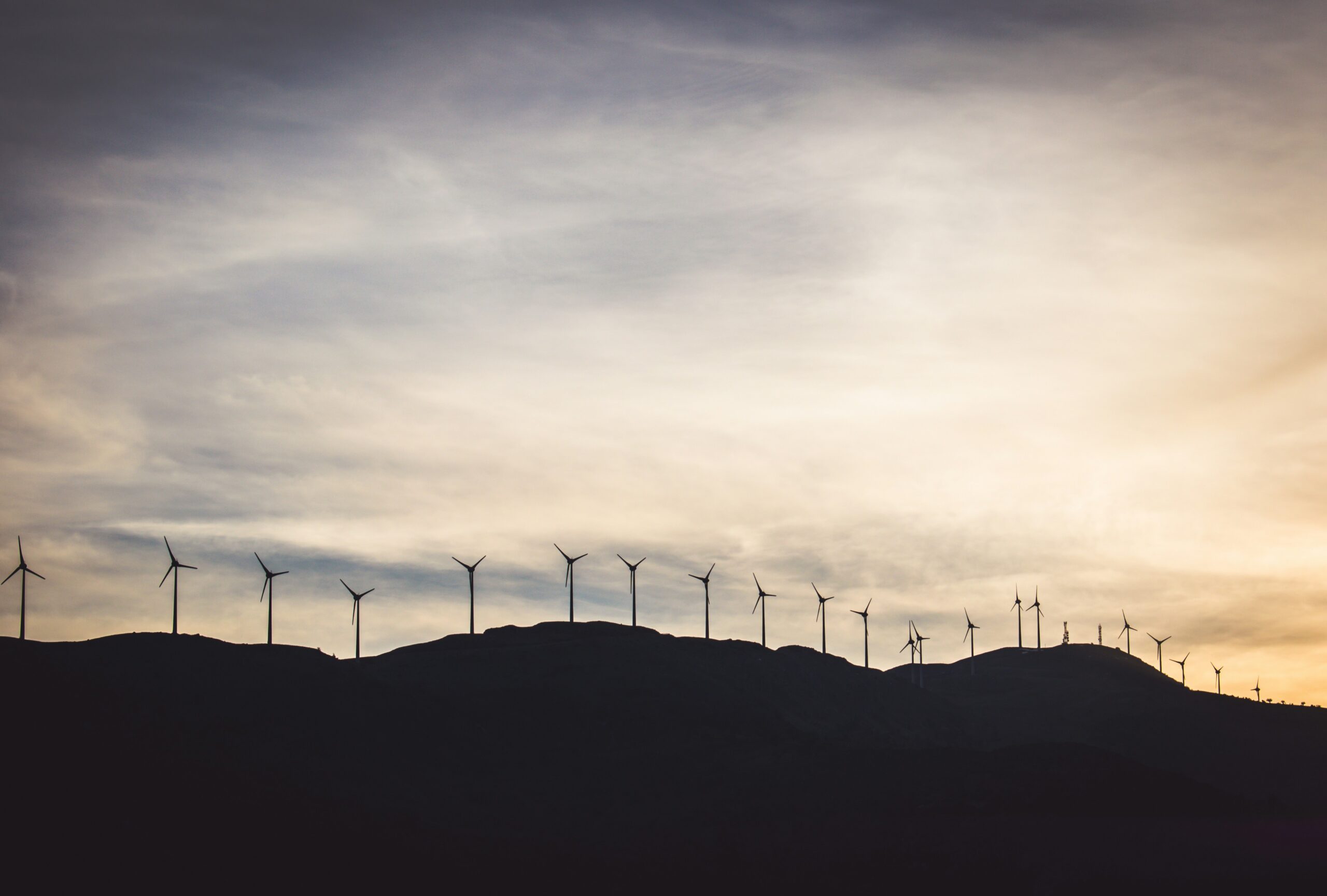In a world increasingly driven by sustainability and energy efficiency, discussions initiated during Estonia’s 2017 EU Presidency remain highly relevant. One standout event from that period, the conference on Europe’s future electricity market, continues to influence the EU’s energy strategies today.
The Conference that Shaped a Decade
The meeting on Europe’s future electricity market was a cornerstone event during Estonia’s Presidency of the Council of the European Union in the latter half of 2017. It gathered energy policymakers, industry leaders, and researchers from across Europe to discuss the challenges and opportunities of creating an integrated, secure, and sustainable electricity market.
At the heart of the discussions were three key objectives:
- Energy Security: Ensuring a reliable energy supply across the EU, especially during disruptions caused by geopolitical issues or natural disasters.
- Market Integration: Establishing a unified electricity market that fosters competition, reduces costs, and benefits consumers.
- Renewable Energy Transition: Accelerating the adoption of clean energy to meet the EU’s climate targets and reduce dependence on fossil fuels.
The Long-Lasting Impact
Now, in 2025, the outcomes of this pivotal meeting are more visible than ever. Here are some of the most significant developments influenced by the discussions:
- Enhanced Cross-Border Energy Trading
One of the meeting’s primary goals was to streamline cross-border electricity trading within the EU. Today, advanced interconnectors and real-time data systems allow electricity to flow seamlessly between member states. This not only improves supply stability but also enables cost-sharing during peak demand periods, reducing overall energy expenses for consumers. - Decarbonization and Renewable Energy Expansion
The conference emphasized the need for cleaner energy sources to combat climate change. Over the past eight years, the EU has surpassed its renewable energy targets, with wind, solar, and hydroelectric power contributing significantly to the grid. Estonia itself has become a leader in digital energy solutions, using technology to optimize renewable energy distribution. - Technological Innovation and Storage Solutions
Energy storage was identified as a critical challenge in 2017. The EU has since made significant strides in this area, investing in battery technologies, hydrogen storage, and pumped hydroelectric storage systems. These advancements ensure that renewable energy can be stored and used during periods of low production, such as cloudy or windless days.
Challenges Along the Way
Despite the progress, several challenges persist. Energy prices have been volatile due to global economic uncertainties and geopolitical tensions, highlighting the need for more robust systems to stabilize costs. Additionally, achieving a fully integrated market remains a work in progress, with some regions still struggling to adopt the necessary infrastructure.
The EU also faces growing competition from other global regions advancing their clean energy initiatives. Maintaining leadership in renewable energy innovation and market efficiency will require continued collaboration and investment.
Estonia’s Leadership Role
Estonia’s proactive role during its EU Presidency has left a lasting legacy. By prioritizing the electricity market during its leadership term, Estonia helped set the stage for a more connected and sustainable energy future. The Estonian Ministry of Economic Affairs remains a vocal advocate for digital solutions in energy management, often referencing the frameworks discussed in 2017.
“Europe’s energy future was at a crossroads in 2017,” said a former EU presidency delegate. “The decisions made during that period reflect the EU’s commitment to not only sustainability but also unity. Estonia is proud to have played a pivotal role in this journey.”
The Road Ahead
As the EU continues to grapple with energy security and climate change, the vision outlined in 2017 remains a guiding framework. The importance of collaboration, innovation, and sustainability cannot be overstated in a world where energy is increasingly central to economic and environmental stability.
The legacy of this meeting reminds us that foresight and cooperation are essential for tackling complex global challenges. Estonia’s leadership in 2017 exemplifies how small nations can have a big impact when they bring vision and determination to the table.






